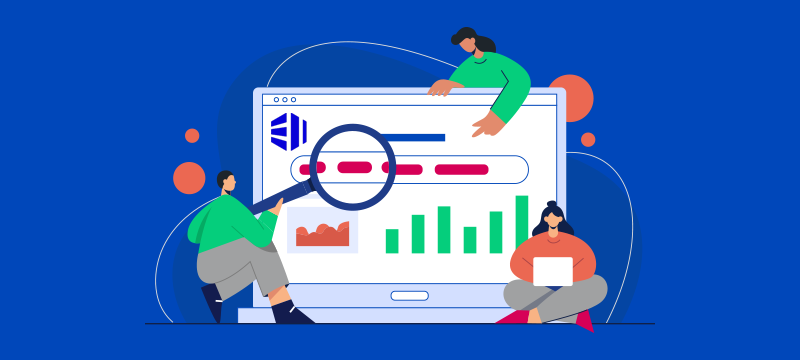The whole point of having a website is to make information available to your readers. However, as modern websites have lots of different information, sometimes published across thousands of pages, it is vital that you make it as easy as possible for users to navigate your site to find the specific information they are looking for. Fail to do this and your visitors will lose patience and leave. To help, here we discuss the most important elements of website navigation.
Main menu
The main menu is the key navigation tool on your website and, as such, is seen on every page, usually at the top, in the header. Placed here, it means that wherever your visitor is on the site, they can easily find their way to somewhere else.
The key to a successful main menu comes from creating the right categories for your website and putting these in the menu items. You will also need to make sure that the right content is put into the right categories.
Search bar
Search bars allow visitors to search for the information or products they are looking for on your site by typing in keywords. Doing so will bring up a list of relevant pages, posts or products that the user can look at and then choose to visit. This can speed up the time it takes to get to the right page. If you don’t have a search feature built into your theme, you can install a plugin to create one.
For eCommerce websites, this feature can be improved by installing a search filter that enables shoppers to narrow down the search results. For example, they can filter by price, size, colour, brand, etc. This makes it easier for customers to find the specific products they are looking for and in doing so, improves the customer experience and increases the likelihood of a sale.
Internal links
When creating text for your website, it is possible to turn some of it into a link to another page, or you can even link to a different section on the same page. Internal links can be very useful for several reasons. If you have mentioned a product or a service in your content, you can provide a link to it straight away, enabling the user to find it without having to search. You can also use internal links to point to information pages and to create calls to action that take people to product pages or contact forms.
Internal links also help search engines index your pages, ensuring they are found and can be searched on the internet.
Sitemap
A sitemap is a page on your website that lists links to all the key pages on your site that you want users to be able to find. While this is unlikely to be used very often, it can help people that have tried unsuccessfully to find something using the menu or search bar to get where they want to go. A site map on an eCommerce store doesn’t always list all the individual products as not all of these will be permanently for sale and doing so could create a sitemap so big that no one would bother to read it.
Creating a sitemap manually could be an arduous task, however, you can install plugins that will create them for you, and you can then edit these and rearrange the items on the map in a way that best suits your users.
Related content widgets
You can get themes and install plugins that enable your website to display widgets that highlight and point visitors to related content. You might be familiar with these on sites like Amazon, where, if you are looking at one item, underneath you’ll be shown a gallery of related products. From a navigation point of view, this makes it easier for customers to find and learn about similar items. Related content widgets aren’t just for eCommerce stores; they can be used on any site. If you have a blog and a visitor is reading about a particular topic, the related content widget could show them links to other posts on that topic too.
Footer menu
While the main menu at the top of a web page usually focuses on helping people find products, services and posts, the footer menu, which appears at the bottom of every page, is generally used to provide links to important or helpful information. It is here where you will put links to customer service, technical support, knowledgebases, terms and conditions, delivery and returns information and a link to your sitemap page.
Conclusion
The easier you make it for visitors to find the content they are looking for, the more successful your website is likely to be. Hopefully, the points above will show you how to create a website that is simple to navigate.
For more information about our hosting services, visit our homepage.



